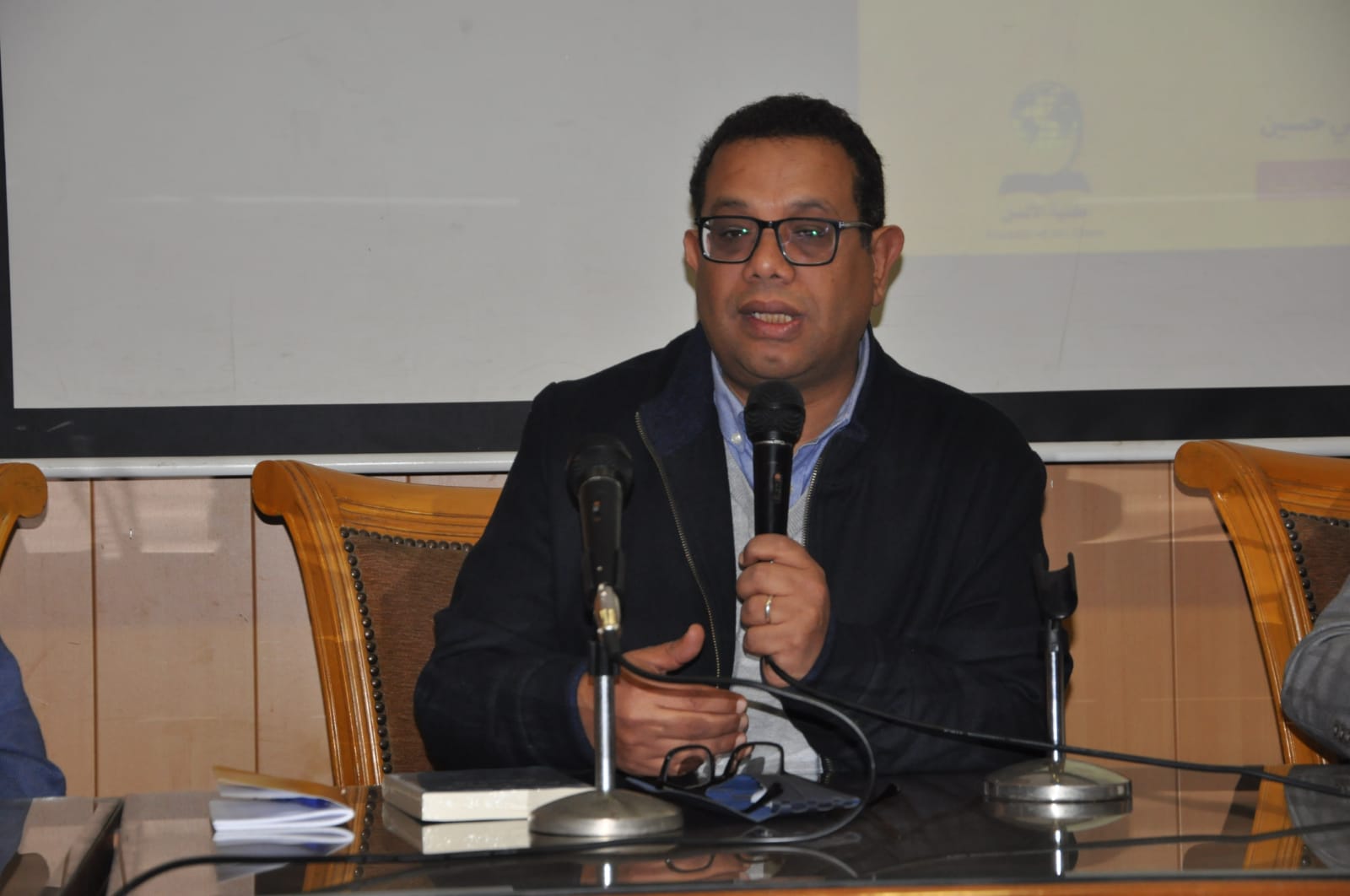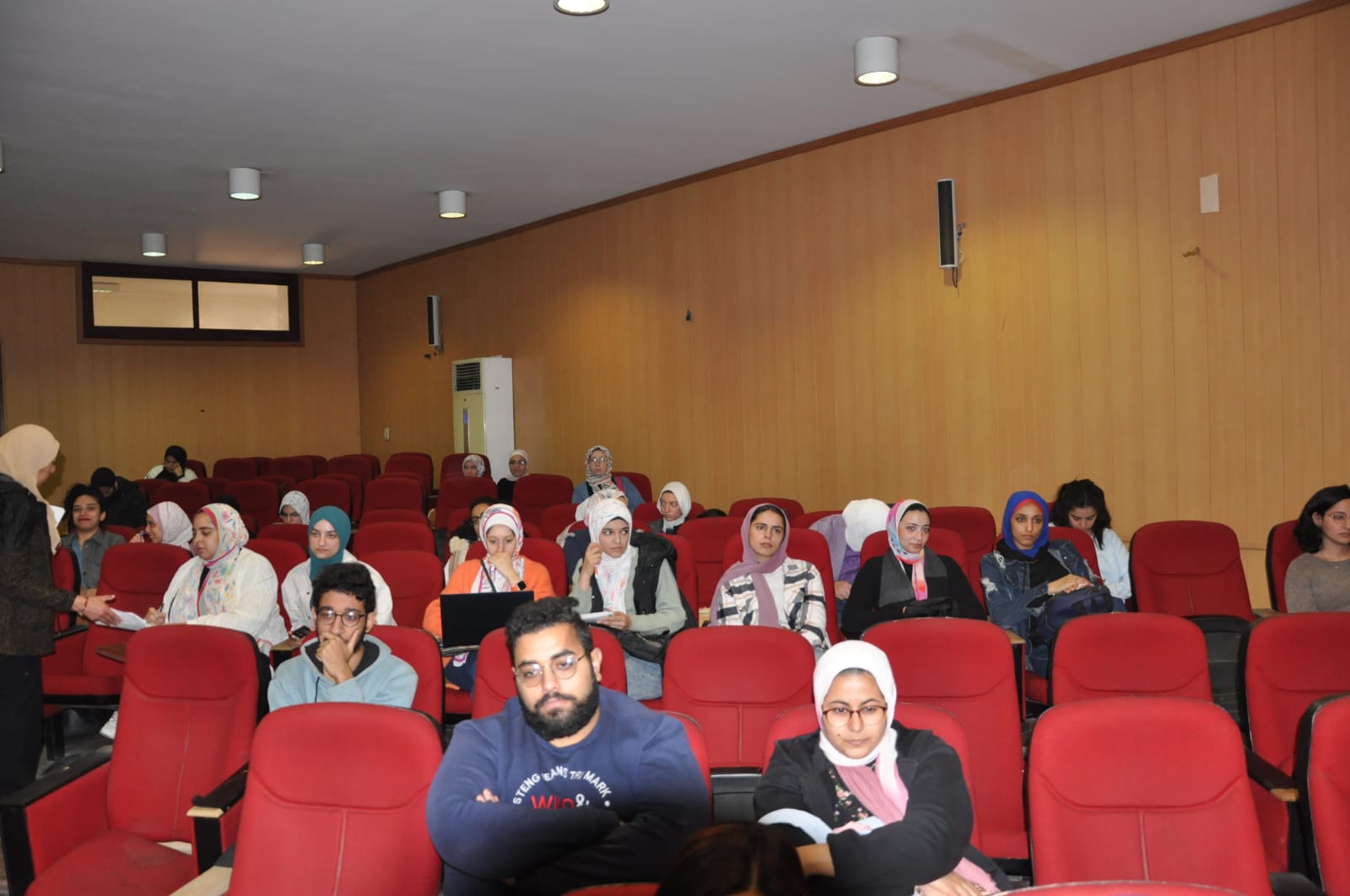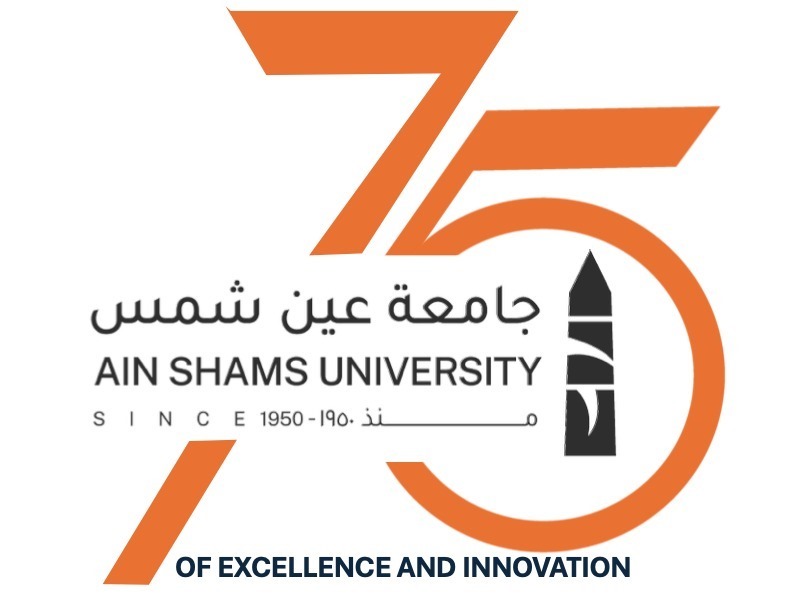“A View of the Arab and Egyptian Cultural Scene,” a symposium by the Editorial Director of Al-Ahram Foundation at the Faculty of Al-Alsun
The Cultural and Foreign Relations Committee at the Faculty of Al-Alsun, Ain Shams University, organized a symposium entitled “A View of the Arab and Egyptian Cultural Scene,” under the patronage of Prof. Salwa Rashad, Dean of the Faculty, under the supervision of Prof. Ashraf Attia, Vice Dean of the Faculty for Postgraduate Studies and Research, Prof. Hassanein Fahmy Hussein, rapporteur of the committee, and journalist Mr. Sayed Mahmoud, managing editor of Al-Ahram Foundation.
The symposium was opened by Prof. Ashraf Attia, Vice Dean of the Faculty for Graduate Studies and Research, who stressed that the first seminars organized by the Faculty’s Cultural and External Relations Committee this year come in line with the events taking place on the scene today, stressing that culture is the soft power that Egypt has used since the dawn of history to preserve its identity against everyone who tried to impose its hegemony on the Egyptian state; Egyptian culture was not only a shield protecting identity, but it was also a sword to impose Egyptian leadership on the level of the Middle East and play a pivotal role in communication between the East and the West.
 |
 |
Prof. Hassanein Fahmy Hussein, rapporteur of the committee, noted the committee’s keenness to host creative people and intellectuals to introduce faculty students to the Egyptian and Arab cultural scene and to organize seminars and meetings that help students become familiar with the labor market in the field of translation and literary translation in particular, introducing them to Egyptian and Arab cultural institutions and centers concerned with translation between Arabic and foreign languages, and the Egyptian and Arab awards offered in the field of translation.
A. reviewed. Sayed Mahmoud, Editorial Director at Al-Ahram Foundation, in his lecture, the important role of culture as a soft power for Egypt, Egypt’s leadership in establishing the Egyptian Ministry of Culture in 1958 and its leadership in establishing universities, cultural centers, conferences and cultural exhibitions, and the great role played by universities, cultural centers and magazines in cultural enlightenment, and highlighting national issues throughout Egypt’s modern history, emphasizing the Egyptian people’s pride and sense of national pride in Egypt’s cultural wealth and important cultural symbols such as Taha Hussein, Tawfiq al-Hakim, Naguib Mahfouz, and in the field of art, such as Mrs. Umm Kulthum and others.
He pointed out the excellence of Egyptian creators in various cultural fields their leadership in the Arab and Egyptian cultural scene, and their receipt of many Arab awards in the fields of novel, poetry, and translation, such as the Arab Booker Prize, the Katara Prize, the Sheikh Hamad Award for Translation, and others. He also touched on the importance of translation in enhancing Egyptian-foreign cultural communication, the role of the late Egyptian writer Naguib Mahfouz winning the Nobel Prize in Literature in maximizing the cultural and literary status of Egypt, and the emergence of the National Translation Project and its role in strengthening the Arabic translation movement.
He also pointed out that cultural indicators currently indicate the strength of translated literature. After there was a focus on European literature due to the abundance of translators specialized in translating from European languages and the lack of electronic platforms, today we have a clear presence of works translated from non-European and Asian kinds of literature on the Internet. In particular, such as Chinese, Korean, and Japanese literature, the Faculties of Al-Alsun have the largest role in preparing translators specialized in translating from these languages and cultures, which prompted many Egyptian and Arab publishers to invest in graduates from the Faculty of Al-Alsun to bring about a clear change in the publishing and translation market, so that translated literature has gained great interest among readers, in addition to the role of Internet in breaking the traditional centralization and the emergence of multiple cultural centers.


.svg)




